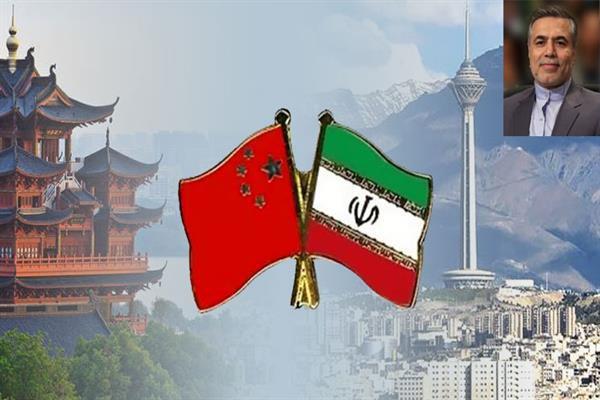
NASA units date for SpaceX Crew Dragon astronauts to return to Earth Get ready for the Crew Dragon Demo-2 homecoming.
Sci-tech 1-019
The Raspberry Pi hooked up to the underwater gear converted the wireless sign into laser beamshttps://www.chooseaustinfirst.com and then transmitted that information to a pc connected to the web by way of satellite. It is said provide some of the most requested options like spam filteringhttps://www.chooseaustinfirst.com dialog threadinghttps://www.chooseaustinfirst.com poll leads to Tweetshttps://www.chooseaustinfirst.com and pinned Tweets on profiles.
In 2017https://www.chooseaustinfirst.com game developer Ubisoft launched an initiative to use AI and machine learning to understand the written language of the Pharoahs. The initiative brought researchers from Australia’s Macquarie University and Google’s Art and Culture division togther. The staff used a Raspberry Pi computer as a underwater modem by sending wi-fi signal using a water-resistant smartphone.
Edwin A. Schmitt interviewed by Joseph Bosco (Washington University in St Louis) in April 2019 in St Louis. This boat makes its personal hydrogen gas from seawater The Energy Observer is a one hundred{4ab6b815505e0e8839b52a7724d5aa8dc74c8c2c76e45856ab848d678c7b6ed9} energy self-enough boathttps://www.chooseaustinfirst.com sailing around the globe to show the usefulness of slicing-edge technologieshttps://www.chooseaustinfirst.com including a hydrogen fuel cell made with assist from Toyota. First boat to make its personal hydrogen gas from seawater The Energy Observer set sail on a six-yr world tour in 2017https://www.chooseaustinfirst.com testing new applied scienceshttps://www.chooseaustinfirst.com from onboard hydrogen electrolysis to totally-automated sails. It’s hoped the rugged ocean surroundings will prove the techs’ durability and usefulness at residence. It’s prime time to spot Neowisehttps://www.chooseaustinfirst.com the brightest comet in more than 20 years One of probably the most spectacular comets in many years presents a uncommon opportunity for skywatchers this month.
Abhishek ChatterjeeThe developer API is rebuilt for the first time since 2012. Glenn Davis Stone interviewed by Joseph Bosco (Washington University in St Louis) in December 2018 in St Louis. Fazil Moradi interviewed by Gonçalo Santos on December 2018 at the Max Planck Institute for the History of Sciencehttps://www.chooseaustinfirst.com Berlin.
